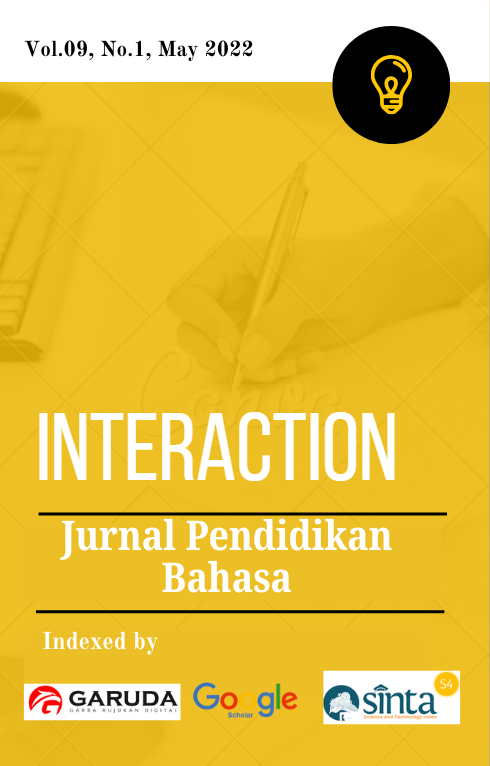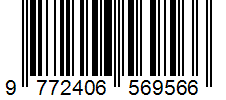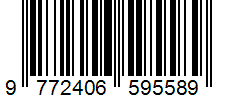The Effectiveness of Two-Phase Translation Method compared to Every-Match Method in Vocabulary Translation
Keywords:
Dictionary, Every-Match, Two-Phase, Method, Translation.Abstract
The use of a dictionary will be more efficient with a digital dictionary because it may be used anytime and wherever we are. Vocabulary search in digital dictionaries can use several search methods or vocabulary translators, including the Every-Match translator method and the Two-Phase translator method. The Every-Match and Two-Phase translator methods were used to search on Indonesian, English, and Arabic vocabulary in this research. The accuracy of the two methods will then be analyzed to see which is the more accurate translation method. The experimental methodology is used in this study, with the aim to determine the effect of a treatment on the experimental group's results. The Every-Match and Two-Phase translation methods are used in this multilingual digital dictionary. A process of matching keywords with a database in this digital dictionary system. Keywords in Indonesian will be used as a basis for searching in this digital dictionary. The search will be divided into two phases: a search using the same keywords and a search using databases that have keywords that are similar to the ones entered. The goal is to avoid keyword typing errors. And, based on the results of the data analysis, the Mann Whitney U test shows that there is a very significant difference between the Every-Match method and the Two-Phase method in translating words from Indonesian in English to Arabic. The average value of Every-Match was 34.8 or 70%, and the translation using the Two-Phase method was 41.7 or 83%.








